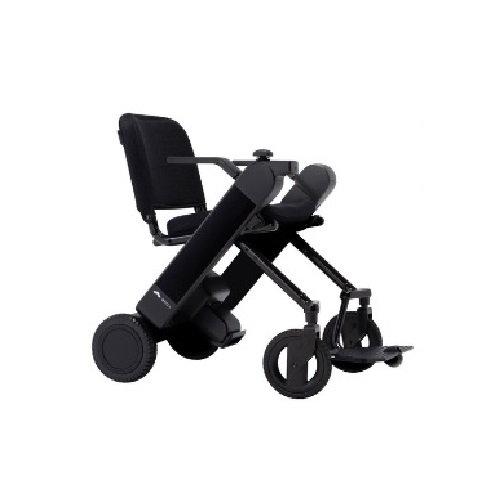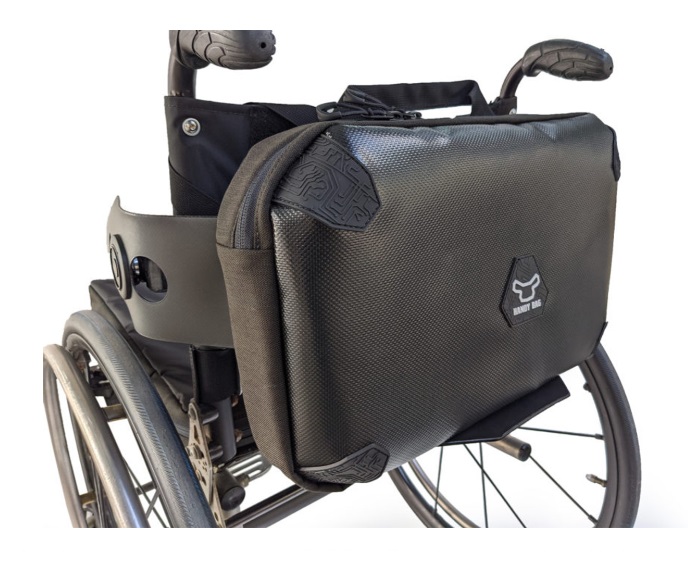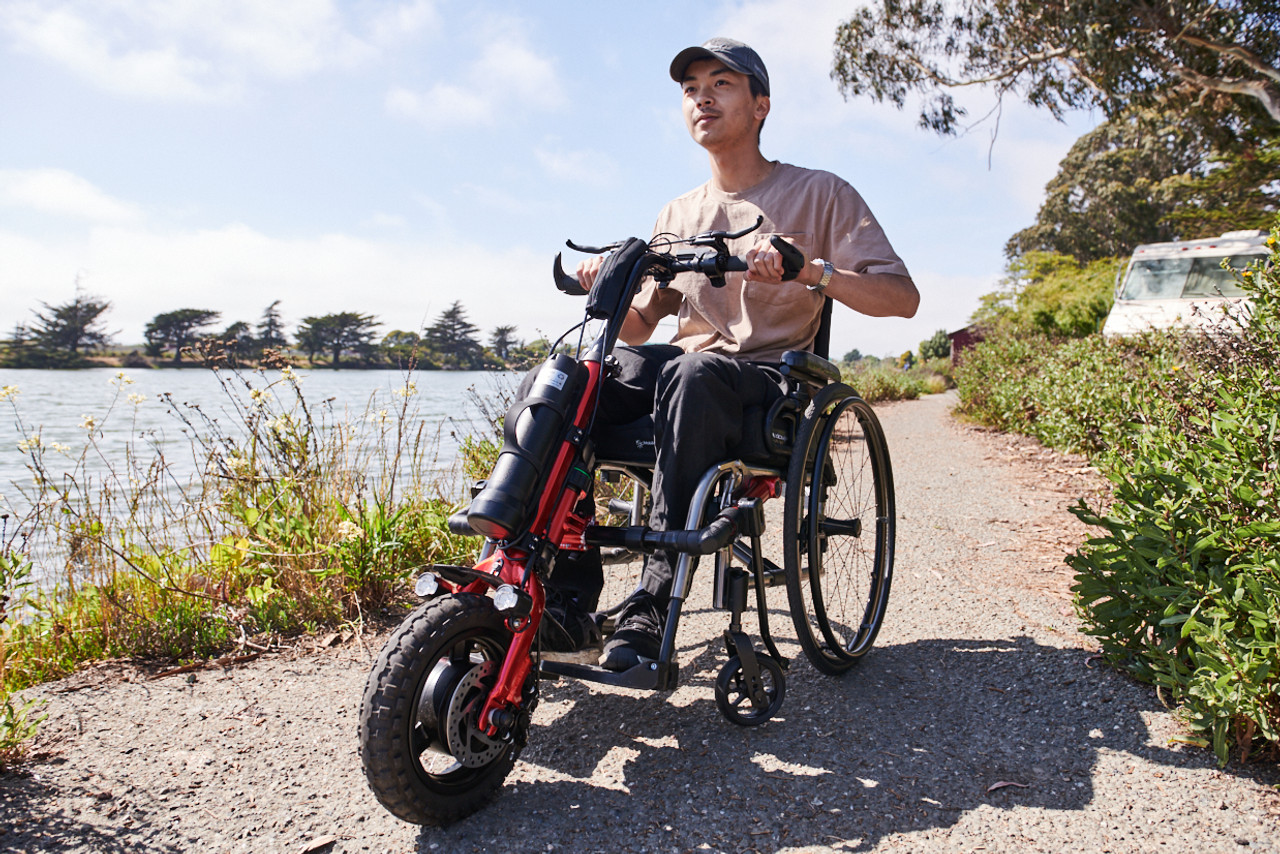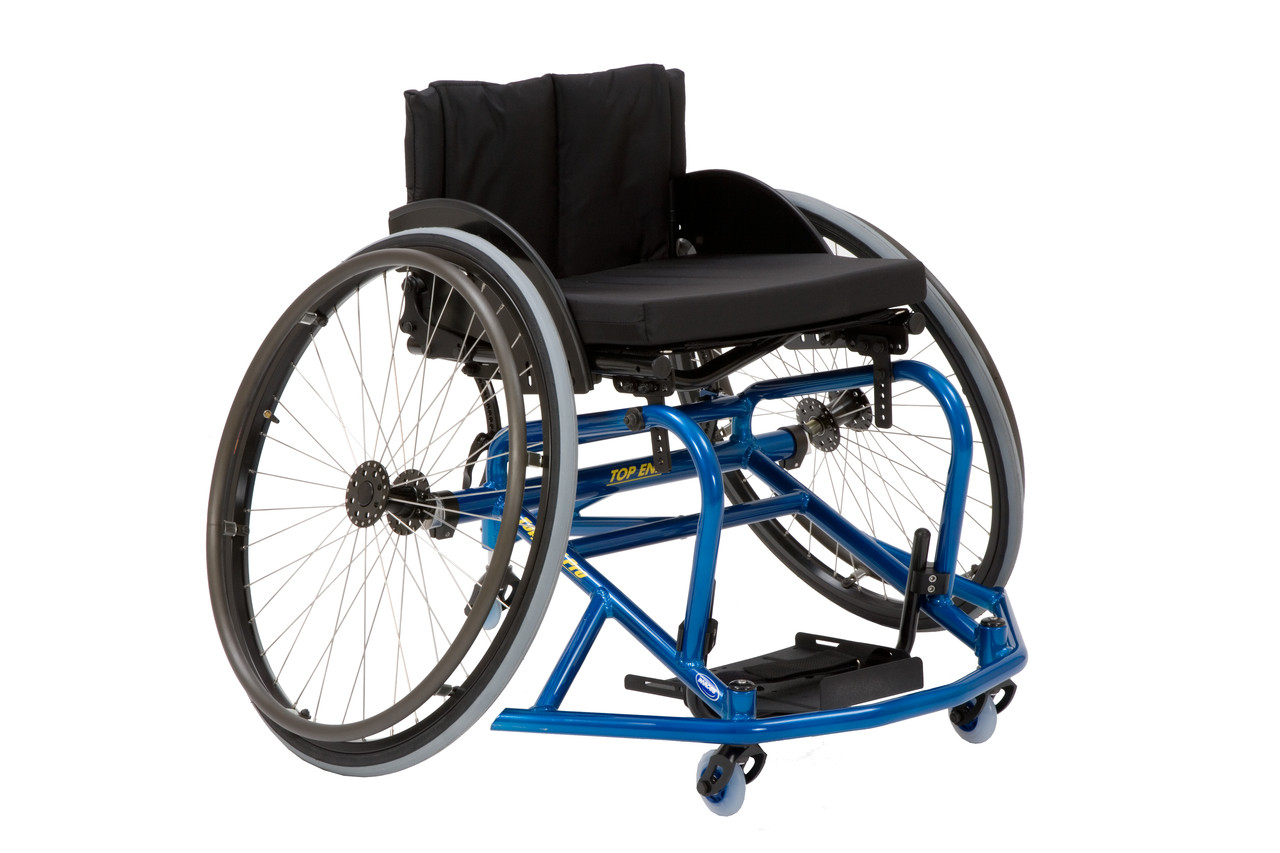Choosing the Correct Wheelchair for SCI | Paraplegic Wheelchair Guide - Living Spinal
Posted by Living Spinal on Nov 19th 2024
How to Choose the Correct Wheelchair for Spinal Cord Injuries: A Guide to Mobility and Comfort for Paraplegic Wheelchair Users
Choosing the correct wheelchair for a paraplegic person is a crucial decision that impacts comfort, mobility, and quality of life. With various types of wheelchairs available, it's important to consider factors like lifestyle, mobility needs, and personal preferences. This guide offers insights into selecting the ideal paraplegic wheelchair, covering various types, key features, essential accessories, and making the correct choice based on your specific spinal cord injury.
Assessing Mobility Needs and Lifestyle Requirements for a Paraplegic Person
Understanding the individual's lifestyle and daily mobility needs is a vital first step. Paraplegic wheelchairs should align with the user’s level of activity, environment, and preferences. Those with active lifestyles might prefer lightweight, sports models, while others may value comfort and ease of maneuverability in a more stationary setup. Customizing the choice to match lifestyle needs can greatly enhance day-to-day convenience.
Choosing Between Manual and Electric Paraplegic Wheelchairs
One of the most significant decisions is whether to opt for a manual or an electric wheelchair.
Manual Wheelchairs for Paraplegics:

These are typically lightweight, compact, and require the user to self-propel using upper body strength. Manual paraplegic wheelchairs often feature adjustable backrests and customizable seat widths for greater comfort. They are highly maneuverable, which can be useful in various settings, but may not be ideal for long distances if the user lacks upper body strength.
Electric Wheelchairs for Paraplegics:

An electric wheelchair for paraplegic individuals is an excellent option for those who want greater independence with minimal physical effort. Powered wheelchairs are well-suited for both indoor and outdoor use, especially over long distances or on varied terrains. These wheelchairs usually have long-lasting batteries and are controlled with joysticks, head controls, or other adaptive technology, making them ideal for those seeking enhanced mobility.
Essential Features for Paraplegic Wheelchairs
To select the best wheelchair for a paraplegic individual, consider features that enhance comfort, functionality, and support.
Seating and Positioning:
Quality seating prevents pressure sores and provides comfort. Many paraplegic wheelchairs offer adjustable seating, cushions, and lumbar support to encourage good posture and reduce discomfort.
Tilt and Recline Options:
Features like tilt-in-space or reclining functions are helpful for long-term use, as they alleviate pressure points and aid circulation. These features contribute to the comfort and versatility of paraplegic wheelchairs.
Customizable Arm and Foot Rests:
Adjustable or removable arm and footrests improve comfort and adaptability. These components provide flexibility in sitting positions and ease of transfer in and out of the wheelchair, making daily use easier and more comfortable.
Durability and Portability:
A wheelchair for a paralyzed person should be durable, particularly if frequently used outdoors. Lightweight, foldable models are convenient for users who travel, making transportation and storage easy without compromising on robustness.
Enhancing Usability with Paraplegic Wheelchair Accessories

Personalizing a wheelchair with accessories can make a substantial difference in daily usability. Options like wheelchair bags, trays, drink holders, and phone mounts offer increased convenience. Cushions can be added for extra comfort, and weather-resistant covers are beneficial for those who frequently use their wheelchair outdoors. These accessories enhance comfort and make it easier to carry essential items.
Selecting the Right Paraplegic Wheelchair Size for Comfort and Maneuverability
A well-fitted wheelchair is essential for comfort and effective mobility. Paraplegic wheelchairs come in various seat widths, depths, and heights to accommodate different body sizes. Ensuring the seat width is wide enough for comfort but narrow enough for maneuverability makes a significant difference in daily comfort and ease of movement.
Importance of Weight and Portability When Choosing a Paraplegic Wheelchair
For those who travel frequently, the weight and portability of a wheelchair are key considerations. Many manual paraplegic wheelchairs are designed with lightweight frames that can be easily folded and transported. Some electric models also offer foldable frames and detachable battery systems, making them more travel-friendly than traditional powered models. This feature is especially useful for users who rely on their wheelchair for extended trips or need to stow it in vehicles.
Budget Considerations for Paraplegic Wheelchairs
Wheelchairs for paralyzed individuals vary in price, depending on features, brand, and specifications. While manual wheelchairs are typically more affordable, electric models with advanced functionalities can be more expensive. Consulting with healthcare providers may reveal insurance or financing options that cover part or all of the cost. Striking a balance between budget and essential features will ensure that the chosen wheelchair is both practical and affordable.
Professional Guidance for Selecting the Best Paraplegic Wheelchair
Choosing a wheelchair for a paraplegic individual involves several considerations, from basic functionality to advanced features. Consulting with a physical therapist or a rehabilitation specialist can provide personalized advice tailored to the user’s specific mobility needs. Additionally, speaking to reputable wheelchair suppliers can provide an understanding of the available models and features, ensuring a well-informed decision.
Understanding Spinal Cord Injuries and Paraplegic Wheelchair Selection
Spinal cord injuries (SCI) vary widely in severity and impact on mobility, which influences the type of wheelchair needed. In general, SCIs are categorized based on the location and severity of the injury. These factors help determine which type of wheelchair best supports the user’s needs for comfort, mobility, and independence.
Types of Spinal Cord Injuries
Spinal cord injuries are commonly classified by two primary categories: complete and incomplete injuries, with further distinctions based on the location of the injury along the spine.
Complete Spinal Cord Injuries:
In complete injuries, there is a total loss of motor and sensory function below the injury site. This means the individual will have no movement or sensation in the affected areas. Wheelchairs for individuals with complete paraplegia or quadriplegia often include extensive support features, such as recline and tilt functions, to prevent pressure sores and assist with blood flow. Electric wheelchairs with head or mouth controls may also be suitable for higher-level complete injuries.
Incomplete Spinal Cord Injuries:

In incomplete injuries, some sensation or movement is retained below the injury site. Individuals with incomplete injuries may have varying levels of mobility, depending on the extent of the damage. Wheelchair requirements for incomplete injuries often vary; some users may be able to use a manual wheelchair with assistive features, while others may need electric wheelchairs with partial control adaptations.
The location of the injury also plays a critical role, as it affects which parts of the body will retain or lose function:
Cervical Spine (C1-C8):
Injuries at the cervical level impact the neck and arms, often leading to quadriplegia, or paralysis of all four limbs. Higher cervical injuries (C1-C4) may result in limited control of the neck and require ventilator support. For these individuals, power wheelchairs with head, chin, or mouth controls are essential for independence, as they allow for movement without requiring upper body strength.
Thoracic Spine (T1-T12):
Injuries at this level often result in paraplegia, affecting the lower body but preserving arm and upper body function. Depending on the exact location and severity, users may be able to self-propel a manual wheelchair if they retain full upper body strength. However, electric wheelchairs are recommended for individuals with lower thoracic injuries who may need additional support for long-distance movement or for those who prefer a powered option for increased comfort.
Lumbar Spine (L1-L5):
Lumbar injuries usually impact the legs and hips, sparing upper body strength. Wheelchairs for these individuals often require minimal modifications, as they may have greater control of their upper body and can potentially use a manual wheelchair. However, depending on their daily needs and lifestyle, some may still benefit from a powered chair for ease of movement.
Sacral Spine (S1-S5):
Injuries at the sacral level generally result in partial or limited lower body paralysis. Individuals with sacral injuries may be able to walk with the aid of braces or assistive devices, but wheelchairs can still be necessary for extended mobility or energy conservation. Lightweight, manual wheelchairs with minimal adaptations are often suitable for this group, but powered options may still be preferred for ease over long distances.
Choosing the Right Paraplegic Wheelchair for Each Injury Type
Each type of SCI comes with distinct challenges and needs. Selecting the right wheelchair means carefully considering the user's specific injury, upper body strength, and lifestyle.
High-Level Quadriplegia (C1-C4):
Power wheelchairs with head, chin, or mouth controls are critical for independence, as these users typically lack full control of their upper body. Wheelchairs for this group may also require tilt and recline functions to prevent pressure sores and assist with circulation.
Lower Cervical Injuries (C5-C8):
Individuals with lower cervical injuries may retain some arm and hand function. Power wheelchairs are often still recommended, though some may be able to use adapted manual wheelchairs if they have the strength. These chairs should offer support to prevent strain on the shoulders and neck.
Paraplegia from Thoracic or Lumbar Injuries (T1-L5):

Manual wheelchairs are common for thoracic and lumbar injuries, as these users often retain full upper body control. Many benefit from lightweight or sports wheelchairs that maximize independence and are easy to maneuver. Electric wheelchairs remain an option for those who require or prefer powered assistance, especially for longer distances.
Lower Body Paralysis from Sacral Injuries (S1-S5):
Sacral injuries often allow for significant independence. Manual wheelchairs with minimal customization are often sufficient, although some individuals may prefer a power wheelchair for added convenience and ease.
Additional Considerations for Paraplegic Wheelchair Users
Spinal cord injuries often come with secondary concerns, such as muscle atrophy and circulation issues, that require specific wheelchair adaptations. Wheelchairs with pressure-relief seating or custom cushions can help prevent pressure sores, a common issue for individuals with limited mobility. Adjustable seats and footrests can also improve blood flow and prevent complications related to prolonged sitting.
Finding the best wheelchair for a paraplegic person involves evaluating their unique needs, daily lifestyle, and mobility preferences. Whether the choice is a manual wheelchair or an electric wheelchair for paraplegic use, the right option will enhance independence, promote comfort, and contribute to a better quality of life. From adjustable seating and tilt functions to customizable accessories, selecting a well-suited wheelchair can greatly enrich the daily experience of paraplegic individuals, providing them with the tools for a more comfortable and accessible life.

